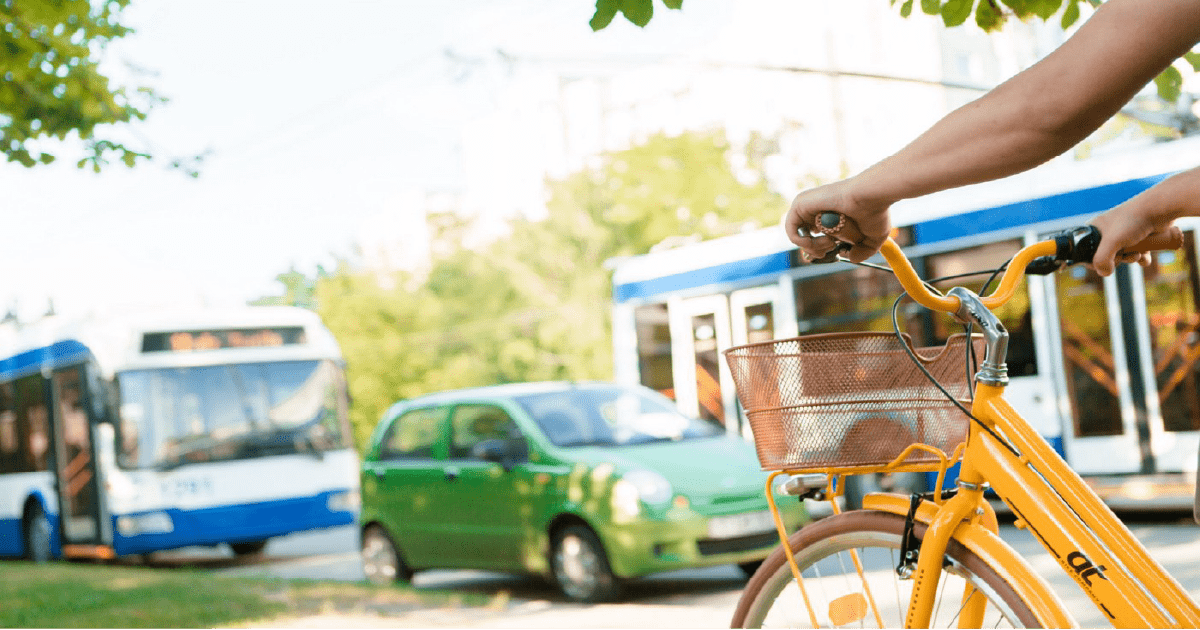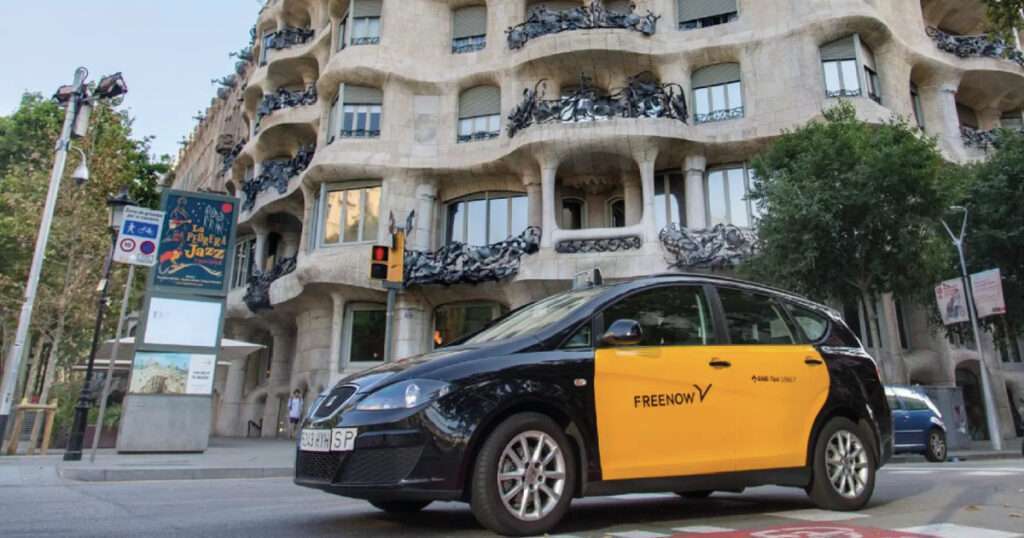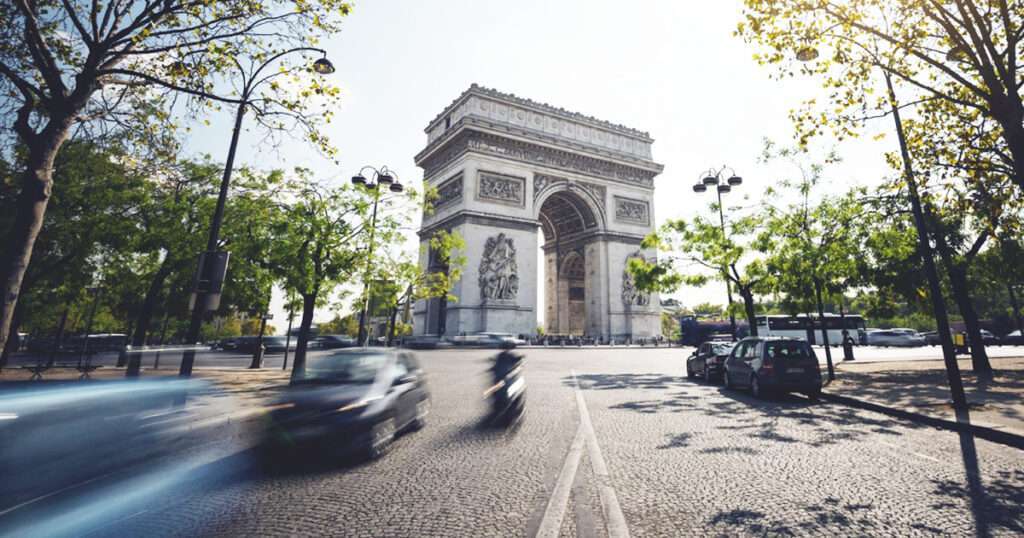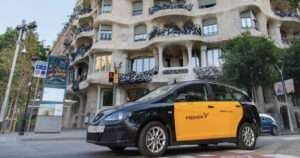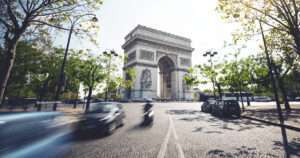Although they are aware of environmental issues and alternatives, young people still often use motor vehicles. However, the use of cars is far from having only advantages, and the time saved is very expensive. It seems all the more essential to convince them to opt for ecological solutions, as they travel a lot, whether it is to get to their place of study or work, or for their personal activities. Some concepts, such as Mobility as a Service (MaaS), can facilitate the switch to other modes of transportation.
How do young people travel today?
Minute-Auto conducted a study among young people to find out which modes of transportation they prefer to use to get to their place of work or study. The results show that they opt more frequently for cars, motorcycles or scooters than for ecological means of transportation.
According to the survey, young people use motor vehicles more (37%) than public transport (22%), walking (16%) or cycling (6%). It should also be noted that usage varies according to the situation and that walking is used more by college students (34%) than by students (19%) or apprentices (4%). However, this study reveals that they generally favour the modes of transportation that emit the most greenhouse gases, despite the context of global warming.

Several factors may explain this. First, there is the sense of freedom that motor vehicles provide, as well as their comfort and the ability to carry personal belongings. In large urban areas, it is also not easy to live close to the place of study or learning. And some areas remain inaccessible by means other than motor vehicles. While cities are making changes to encourage walking and cycling, much work remains to be done to achieve the level of access shown by some European neighbors. Bicycle use, for example, requires secure parking at the destination and specific lanes or sidewalks for travel. Opting for an ecological means of transportation also implies changing one’s habits and adapting to the weather.
Pollution, traffic jams… Is the motor vehicle really irreplaceable?
Transportation accounted for 31% of greenhouse gas emissions in France, in 2019, according to the report on the state of the environment published by the Ministry of Ecological and Solidarity Transition, in February 2021. Among them, the automobile was responsible for 51% of these emissions. And to this must be added the noise pollution and air pollution, with the problems that this can cause on health.
In addition, some of the benefits that are frequently associated with the use of motor vehicles are very relative. For example, there is a difference between perceived slowness and actual travel time. During rush hour, traffic in major cities is congested. And the time spent in one’s own vehicle can paradoxically be greater than that involved in a journey by bicycle or public transport. The ecological aspect of bicycles has been proven and the Ademe considers the environmental impact of public transport to be ten times less than that of personal motor vehicles, for a one kilometer trip. And we must not forget the significant expenses associated with their use, whether they correspond to the purchase price, insurance, fuel or maintenance.
When the use of a motor vehicle cannot be avoided, carpooling is a solution to reduce the carbon footprint per user. It consists of travelling with several people, sharing the costs of transportation. It also allows traveling in conviviality. When carpooling is frequently used on long trips, it is much less used on the shorter trips of daily life…
How to get young people to choose green solutions?
Since the early 2000s, cities have made great efforts to facilitate walking and the use of bicycles. For example, the work carried out has enabled the development of bicycle paths, the adaptation of sidewalks and the creation of secure parking facilities. It is of course important to continue along this path. It is also possible to make young people aware of the fact that certain modes of transport can enable them to be physically active and avoid a sedentary lifestyle, while obesity is a growing problem in our society. The electric bicycle can be an attractive solution for long journeys or for journeys with steep inclines
Raising awareness of ecological alternatives also involves providing information on accessible means of transport, depending on the area in which one is located. Municipalities now have the possibility of using the Mobility as a Service (MaaS) concept, which consists of centralizing the various modes of transport via a platform available from cell phones. It allows not only to visualize and plan trips, but also to book them. It is the ideal tool to optimize the use of the available means of transportation.
The changes in habits on a national scale are intrinsically linked to those that one is able to make in one’s daily life. The energy used to convince young people to change their behavior is an essential step in raising environmental awareness.

